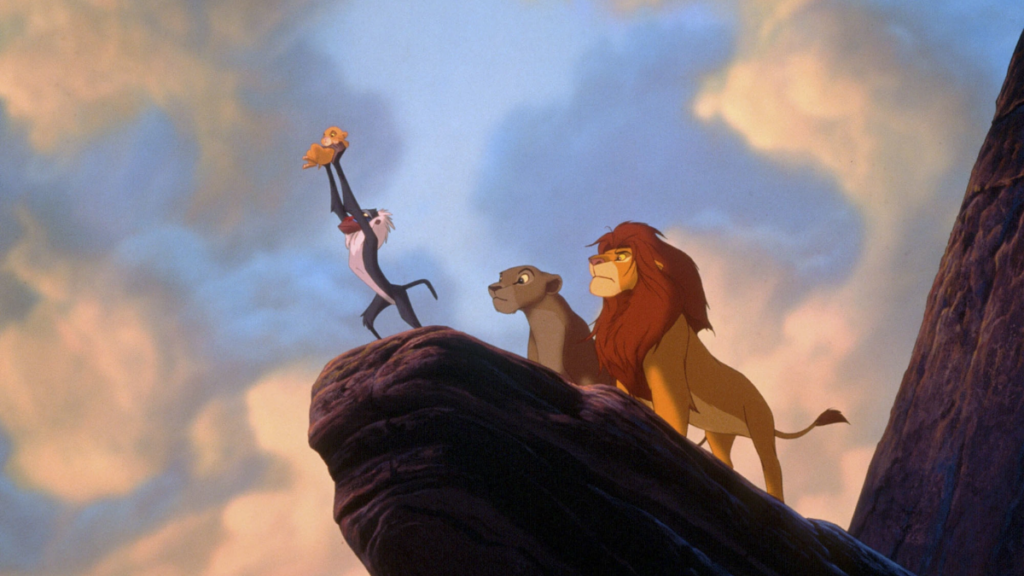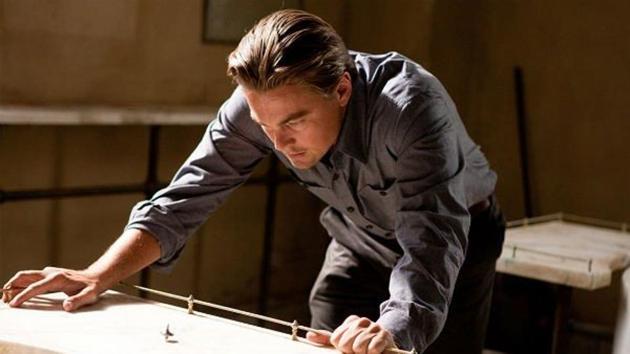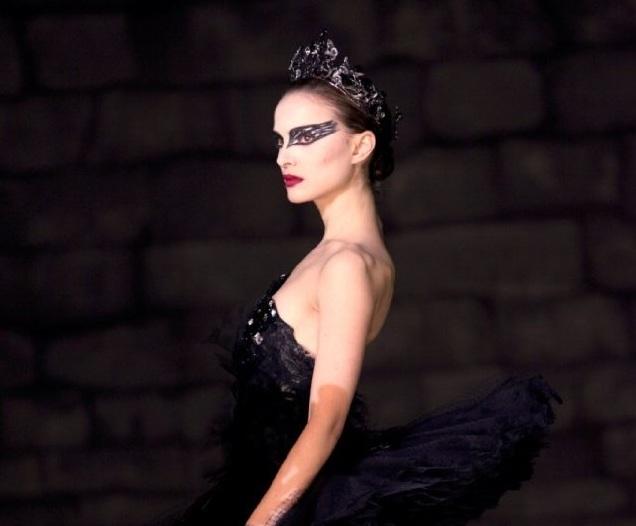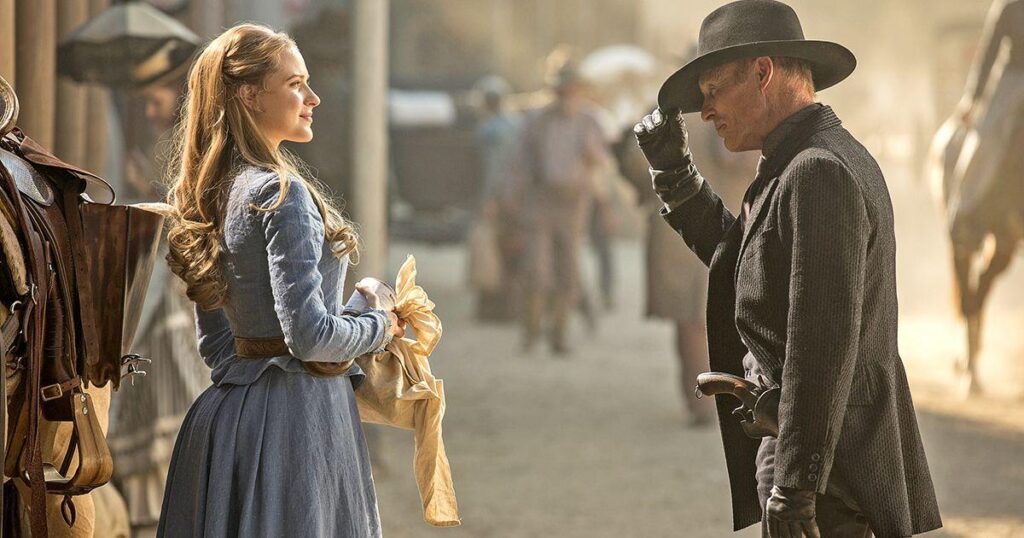Thematic Foreshadowing in Movies and TV Shows: How Themes are Developed Through Clues

Foreshadowing is a storytelling technique that subtly hints at future events in a narrative, often planting clues that allow audiences to anticipate or appreciate upcoming plot developments. While foreshadowing is typically discussed in terms of plot, it also plays a crucial role in the development of themes. Thematic foreshadowing involves planting subtle clues that connect to the deeper ideas or messages of a story. By embedding these hints early on, filmmakers and writers can introduce central themes that will resonate throughout the film or series, enhancing the audience’s understanding of the narrative.
Let’s explore how thematic foreshadowing is used in movies and TV shows, examining examples where filmmakers skillfully weave clues into their stories to underscore and develop their themes.
What is Thematic Foreshadowing?
Thematic foreshadowing differs from plot foreshadowing in that it doesn’t just hint at future events—it hints at ideas that will become central to the story. These ideas often connect to the film or show’s underlying messages, such as the nature of love, justice, betrayal, or mortality. Through dialogue, imagery, recurring motifs, or symbolic moments, thematic foreshadowing lays the groundwork for the audience to grasp these larger concepts, often on a subconscious level.
As the narrative unfolds, the audience begins to see how these early clues tie into the story’s bigger picture, reinforcing the themes that ultimately give the work its emotional and intellectual depth.
Examples of Thematic Foreshadowing in Film
The Lion King (1994) – The Cycle of Life
Disney’s ‘The Lion King’ is rich with thematic foreshadowing, particularly around the idea of the “circle of life.” The film opens with the iconic scene of newborn Simba being presented to the animal kingdom, symbolizing the birth of a new king and the continuation of life’s eternal cycle. Throughout the movie, this theme of life, death, and rebirth is revisited multiple times, foreshadowed by key moments such as Mufasa’s discussion with Simba about the stars and the kings of the past.
Later, Mufasa’s death and Simba’s eventual return to Pride Rock to reclaim his place as king complete the circle. The early foreshadowing of this theme underscores the movie’s central message: life is a constant cycle of beginnings and endings, and we all play a part in that greater balance.

Inception (2010) – The Nature of Reality
Christopher Nolan’s ‘Inception’ offers a complex narrative centered around the nature of dreams and reality. The thematic foreshadowing begins in the opening scenes with the introduction of the “totem” concept—objects characters use to determine whether they are in a dream or reality. This idea sets up one of the film’s key themes: the blurred line between reality and illusion.
Throughout the film, subtle clues are planted to foreshadow the thematic question of what is real and what is constructed by the mind. For example, the recurring image of a spinning top (the protagonist’s totem) becomes a visual motif that underscores the tension between reality and dreams. The film’s final scene, where the top continues to spin without showing whether it will fall, leaves the audience questioning reality, just as the protagonist does. The totem serves as thematic foreshadowing, hinting at the central concern of the movie—our perception of reality.

Black Swan (2010) – The Descent into Madness
‘Black Swan’, directed by Darren Aronofsky, is a psychological thriller that explores the themes of perfectionism, artistic obsession, and mental breakdown. Thematic foreshadowing is evident from the start as the protagonist, Nina, strives to embody both the White Swan (purity, innocence) and the Black Swan (darkness, sensuality) in her role in Swan Lake.
From the early scenes, Nina is surrounded by mirrors—an important symbol in the film. The use of reflections foreshadows the theme of duality and the growing division in Nina’s psyche. As the film progresses, the mirrors begin to fracture and distort, symbolizing her descent into madness and the breakdown of her sense of self. The shattered mirror imagery is a clear example of thematic foreshadowing, hinting at the central idea that Nina’s pursuit of perfection will ultimately destroy her.

Examples of Thematic Foreshadowing in TV Shows
Breaking Bad (2008–2013) – The Corrupting Power of Greed
In ‘Breaking Bad’, the theme of moral corruption is foreshadowed throughout the series. Early on, Walter White is portrayed as a desperate man driven to illegal activities by a desire to provide for his family after his cancer diagnosis. However, subtle clues foreshadow his eventual transformation into a ruthless dr*g kingpin, driven not by necessity but by greed and a thirst for power.
In the first season, small moments—like Walt’s decision to hide his dr*g money in a crawl space—hint at the larger thematic question of how far he will go in his descent into immorality. The use of the colour green (representing money, greed, and growth) in key scenes also foreshadows his eventual embrace of the dr*g trade as a means of self-empowerment. By the time Walt’s greed fully consumes him, these early thematic clues come together to show that his path was foreshadowed from the beginning.

Westworld (2016–2022) – Free Will vs. Determinism
‘Westworld’ delves into philosophical questions about free will and determinism, with thematic foreshadowing present from the first episode. The show revolves around artificially intelligent “hosts” who are programmed to live out specific narratives, unaware that they lack true autonomy. The central theme of whether the hosts can break free from their programming is hinted at through small moments of self-awareness that they experience.
Throughout the show, characters like Dolores and Maeve exhibit moments of doubt, curiosity, and rebellion, foreshadowing the larger theme of self-liberation. As they begin to remember past events, the theme of free will emerges more clearly. The thematic foreshadowing plants the seeds for their eventual awakening, questioning whether they are truly free or still trapped in a loop controlled by unseen forces.

Why Thematic Foreshadowing Matters
Thematic foreshadowing allows filmmakers and writers to create layered narratives that reward attentive viewers. It adds depth to the storytelling, encouraging the audience to engage with the material on a deeper level. By introducing themes early and revisiting them subtly throughout the story, thematic foreshadowing enhances the emotional and intellectual impact of a film or TV show.
Moreover, thematic foreshadowing helps ensure that the resolution of the story feels satisfying and cohesive. When the audience looks back and sees how the early clues connected to the larger themes, it reinforces the message and provides a sense of completion.
Also Read: Movie Posters: The Psychology Behind its Designs
Thematic foreshadowing is a powerful storytelling tool that enriches movies and TV shows by hinting at deeper ideas and concepts. Through symbols, dialogue, imagery, and recurring motifs, creators can weave these thematic clues into their narratives, allowing the audience to engage with the story on multiple levels. Whether it’s the circle of life in ‘The Lion King’ or the corrupting power of greed in ‘Breaking Bad’, thematic foreshadowing not only enhances the plot but also deepens the audience’s understanding of the central themes.
–Silviya.Y








